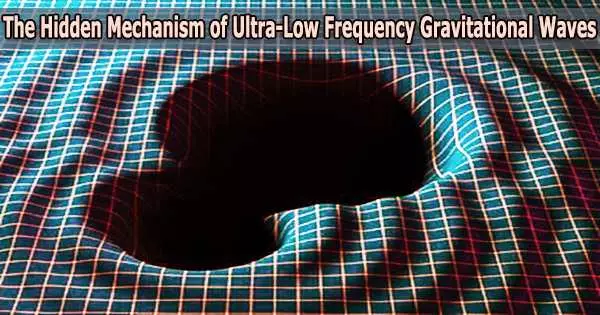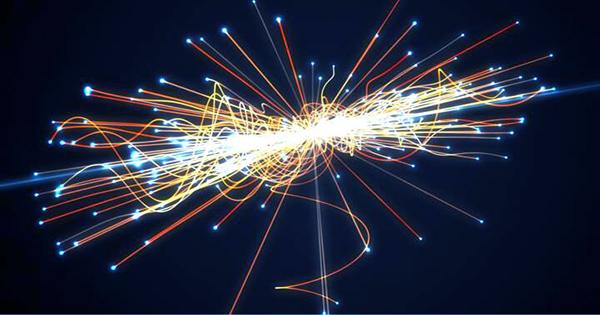Ultra-Low Frequency (ULF) gravitational waves are gravitational waves with a frequency below 1 millihertz, which is about 10 billion times lower than the frequency of the gravitational waves detected by the LIGO experiment. These waves are produced by massive astrophysical objects such as supermassive black holes, as well as by cosmological events such as the Big Bang.
Researchers at the University of Birmingham claim that new techniques for detecting ultra-low frequency gravitational waves can be paired with previous, less accurate data to provide new insights into the early history of our cosmos.
There are many different wavelengths, or frequencies, of gravitational waves, which are disturbances in the fabric of Einstein’s spacetime and travel throughout the universe at the speed of light.
Although gravitational waves at extremely low “nanohertz” frequencies have not yet been discovered, new methods that are now being investigated should soon confirm the first low frequency signals.
The main method uses radio telescopes to detect gravitational waves using pulsars exotic, dead stars, that send out pulses of radio waves with extraordinary regularity.
The NANOGrav project, for instance, uses pulsars to timing the rotational periods of an array of millisecond pulsars, which is astronomers’ best guess for a network of flawless clocks dispersed throughout our galaxy. They can be used to calculate the fractional variations brought on by gravitational waves as they propagate throughout the cosmos.
The first tentative hints of a gravitational wave signal using pulsar timing arrays might recently have been seen by NANOGrav and we expect the next few years to be a golden age for this type of science. The variety of explanations for these signals is exciting, but also a maze. We need a way to tell the different possible sources apart from each other. Currently, this is extremely difficult to do with pulsar timing array data alone.
Dr. Christopher Moore
The question of what is producing these signals, however, has yet to be determined. Scientists in the University of Birmingham’s Institute for Gravitational Wave Astronomy, argue that it will be extremely difficult to settle on an answer using only data from pulsar timing arrays (PTAs).
Instead, in a letter published today (18 October 2021) in Nature Astronomy, they suggest that combining this new data with observations made by other projects such as the European Space Agency’s Gaia mission, will help the different signals still lingering from the earliest periods of our universe to be disentangled and interpreted.
The study of ULF gravitational waves is important because they could provide insight into the early universe and the formation of galaxies, as well as the properties of supermassive black holes.
A population of supermassive black holes at the centers of merging galaxies is the primary theory for the origin of ultra-low frequency gravitational waves. As galaxies combine, the center black holes form binaries and gravitational waves are produced. In this instance, a gravitational wave detection by PTA would present fascinating new approaches to research the astrophysics of the formation and expansion of galaxies.
But there are other possibilities too. Nanohertz gravitational waves could tell the story of our infant universe, well before galaxies and black holes form.
In reality, it has been proposed that extremely low frequency gravitational wave signals may alternatively be produced quickly after the big bang by other processes; for instance, if the Universe underwent a phase transition, as described by physicists, at the proper temperature.
Lead author, Dr. Christopher Moore, said: “The first tentative hints of a gravitational wave signal using pulsar timing arrays might recently have been seen by NANOGrav and we expect the next few years to be a golden age for this type of science. The variety of explanations for these signals is exciting, but also a maze. We need a way to tell the different possible sources apart from each other. Currently, this is extremely difficult to do with pulsar timing array data alone.”
Co-author Professor Alberto Vecchio said: “Pulsar timing arrays may offer unprecedented insights into ancient cosmological processes. Developing the sophisticated methods to interpret these insights will mean we can truly begin to understand how our universe was formed and took shape.”
















